In-depth look at why Cubs have all the ingredients to end World Series drought

I have concluded which team will grab the second wild card spot in the National League: it’s the Chicago Cubs’ JV team. I came to this conclusion last week after watching Chicago roll playoff-quality opponents with its number four starter and two key relievers on the disabled list, and seeing manager Joe Maddon regularly give days off to his starting position players while mixing in bench players and recent call-ups from Triple A Iowa and fiddling with a six-man rotation.
The Cubs are insanely deep. They have no obvious and potentially fatal flaws. They have the best defense in baseball in a quarter of a century. They have the toughest pitching staff to crack in 40 years. They have patched the obvious holes in their offense from last year that caused them to get swept by the Mets in the National League Championship Series.
Chicago is so good that the question is no longer "Can they win the World Series?" It is this: "What on earth will stop them from winning it?"
Baseball being baseball, some unforeseen trouble surely lurks. But on paper, the Cubs will enter the postseason as the most prohibitive favorite to win it all since the 1998 Yankees. They will rank with those Yankees, the '89 Athletics, the '86 Mets and the '84 Tigers as the biggest Superteams entering the playoffs in the free agent era, and ones that faced the pressure that they should win. Each of those teams did, in fact, win the World Series. The Cubs will certainly be expected to as well.
Chicago is on pace to win 105 games. The next best team in the majors, the Texas Rangers, is on pace to win 96 games. Obviously not every club plays the same schedule, most especially those from different leagues. But it is very rare for one team to be this much better than the rest of the league. How rare? Let’s look at a half century’s worth of “best teams in baseball” and see how many of them were more than five games better than the next-best team.
It turns out there are only 12 of them over the past 50 years—and nine of them won the World Series.
Team | Difference | Outcome |
|---|---|---|
2001 Mariners | +14 | Lost ALCS |
1986 Mets | +12 | Won World Series |
1975 Reds | +10 | Won World Series |
2016 Cubs | +9 (projected) | ? |
1969 Orioles | +9 | Lost World Series |
1967 Cardinals | +9 | Won World Series |
1998 Yankees | +8 | Won World Series |
1990 Athletics | +8 | Lost World Series |
1984 Tigers | +8 | Won World Series |
2009 Yankees | +6 | Won World Series |
1989 Athletics | +6 | Won World Series |
1970 Orioles | +6 | Won World Series |
1968 Tigers | +6 | Won World Series |
Now you get an idea of why the Cubs are a Superteam, and they are not slowing down, not even with the JV players getting plenty of run in September. Among the last 34 starting pitchers to take a crack at Chicago, only three of them have won. Opposing starters are 3-20 against the Cubs since July 31, and 30-70 on the season.
Hey, you ask, what about the 2001 Mariners? Weren’t they the “best of the best” over the last half century? And look what happened to them: wiped out in five games by the New York Yankees in the ALCS. Aren’t they the best cautionary tale when it comes to Superteams?
Well, no.
The Mariners won a lot of games, tying the 1906 Cubs' major league record with 116 victories, but let’s be honest: Their starting pitching was not fearsome. Seattle ranked seventh in the 14-team American League in strikeouts by starting pitchers. The Yankees? Their starters ranked first. New York’s starters struck out 36% more batters than Seattle’s starters. It wasn’t even close in terms of which staff you would rather have. Take a look at the starting pitching matchups for the 2001 ALCS, which opened at Safeco Field, and it becomes clear that Seattle wasn’t the Superteam it appeared to be:
Game 1: Andy Pettitte (NY) vs. Aaron Sele (SEA)
Game 2: Mike Mussina (NY) vs. Freddie Garcia (SEA)
Game 3: Orlando Hernandez (NY) vs. Jamie Moyer (SEA)
Game 4: Roger Clemens (NY) vs. Paul Abbott (SEA)
Game 5: Andy Pettitte (NY) vs. Aaron Sele (SEA)
The Mariners never had a pitching matchup clearly in their favor. Simply put, the Yankees’ staff had better pure stuff, and that is what wins in October.
So what about 2016? Here are your NL rotations with the most strikeouts:
1. Washington: 847
2. Chicago: 780
3. Los Angeles: 766
4. San Francisco: 739
5. New York: 716
The Cubs can miss bats with the best of them. And now they have their own version of Orlando “El Duque” Hernandez: Kyle Hendricks. Why El Duque? He was New York's secret weapon. Hernandez was nominally the Yankees’ number three or four starter, but he was so good he could draw the other team’s ace and New York still liked its chances—such as in Game 1 of the 1999 World Series against the Braves, when he beat Greg Maddux in Atlanta. Consider New York's record in postseason starts by Hernandez from 1998 to 2001:
Game 1: 3-0
Game 2: 2-0
Game 3: 1-2
Game 4: 3-0
Game 5: 2-0
Game 6: 1-0
Total: 12-2
It was El Duque who started the biggest game in the Yankees' most recent dynasty: Game 4 of the 1998 ALCS in Cleveland, with the 114-win Bronx Bombers circling the drain of the forgotten, down two games to one. That morning in the hotel restaurant New York manager Joe Torre saw a laughing El Duque helping to wait on tables, and knew that his rookie starting pitcher would be just fine pitching under pressure. Hernandez twirled seven shutout innings in a 4-0 win. The Yankees never lost again that postseason.
Division title nears, but Cubs are also chasing these five benchmarks
Hendricks is Hernandez because, although Jake Arrieta and Jon Lester are the nominal aces, he can beat any pitcher in any game. His stuff is that good.
Hendricks, 26, has thrown 2,514 pitches this year—not one of them has been as fast as the average big league fastball, 92 mph. But don’t let anybody tell you that he has fringe stuff just because he lacks velocity. His stuff is nasty. He has precise mechanics that allow him to repeat his delivery with minimal effort, which leads to impeccable command. Moreover, Hendricks throws pitches that are unlike almost anything hitters see. He actually throws his trademark sinker with slider spin—a hitter can see a slider’s tell-tale dot as the baseball whirls toward the plate—giving it unusual movement. He also has the best changeup in baseball.
Wait. Make that the best changeups—plural. Hendricks throws a more traditional changeup that fades down and to his arm side, which he throws by using the “horseshoe” of the seams on the baseball. But he also throws a changeup that cuts to his glove side, which he throws with a modified four-seam grip. I’ve seen plenty of cutter-changeup combinations; Maddux had one of the best such 1-2 combos. But I’ve never seen a pitcher with two changeups that break in opposite directions. And just for fun, he can throw either the fade or the cut to righthanded hitters. (He hasn’t thrown many cut-changes to lefties, but you never know.)

"Actually, the one that cuts is the one I first had," Hendricks said. "Most people think it’s the other way around, because most [righthanded] people throw the changeup that fades down and away to lefties. I’ve developed a good feel equally for both of them."
It helps, too, that Hendricks and all Cubs pitchers have the best defense in a quarter of a century behind them. The Cubs are turning balls in play into outs 73.1% of the time, the best such rate since another Superteam, the 1990 Athletics (73.2). Chicago rarely shifts, compared to most teams. But the Cubs have elite defenders at several positions (especially when Javier Baez is anywhere on the field) and their pitchers are wizards at pitching to the desired location and inducing weak contact, the secret sauce to a great defense.
Add defense and stuff together and here’s what you get a staff that is among the best since the mound was lowered in 1969. Here are the staffs with the five lowest batting average on balls in play in that time:
1. 1969 Orioles: .246
2. 1972 Orioles: .249
3. 1975 Dodgers: .250
4. 1972 Athletics: .252
5. 2016 Cubs: .254
You’re looking at the toughest staff to crack in over 40 years. No team this year is within 31 points of how well Chicago stifles opposing hitters.
Longest World Series Championship Droughts
Cleveland Indians last won in 1948
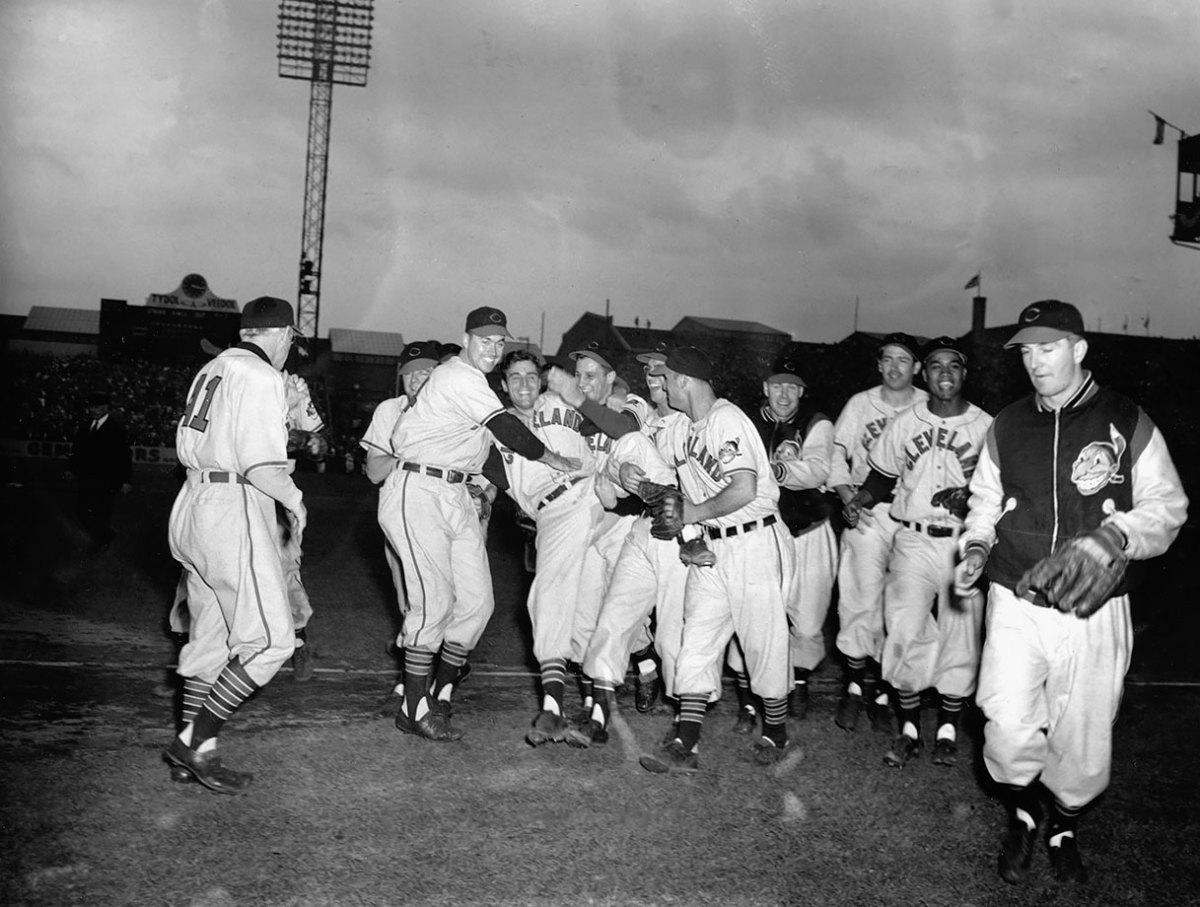
Pictured: Bob Lemon
Texas Rangers/Washington Senators never won, Est. 1961
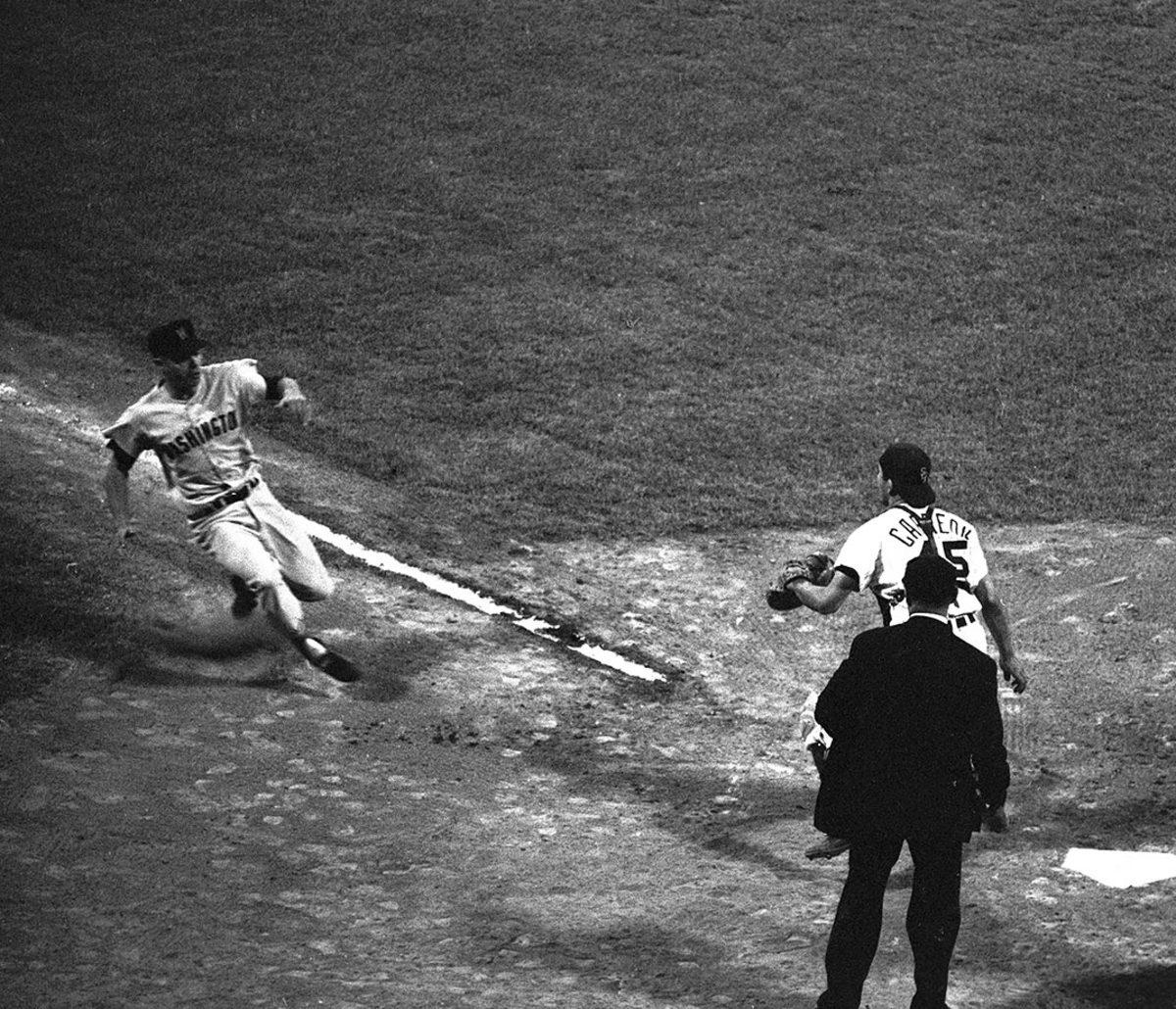
Pictured: Joe Hicks
Houston Astros/Colt .45's never won, Est. 1962
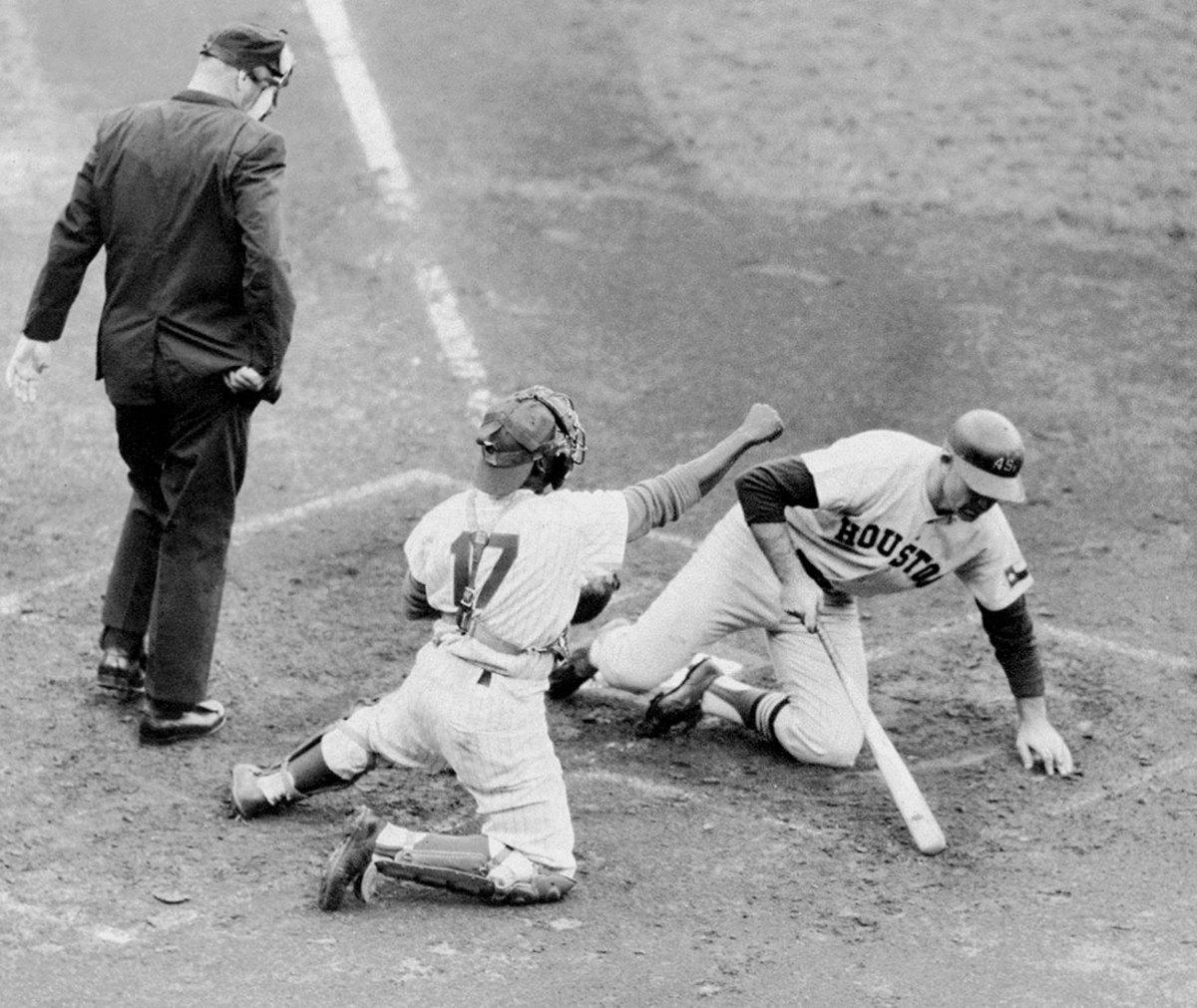
Pictured: Norm Larker
Washington Nationals/Montreal Expos never won, Est. 1969
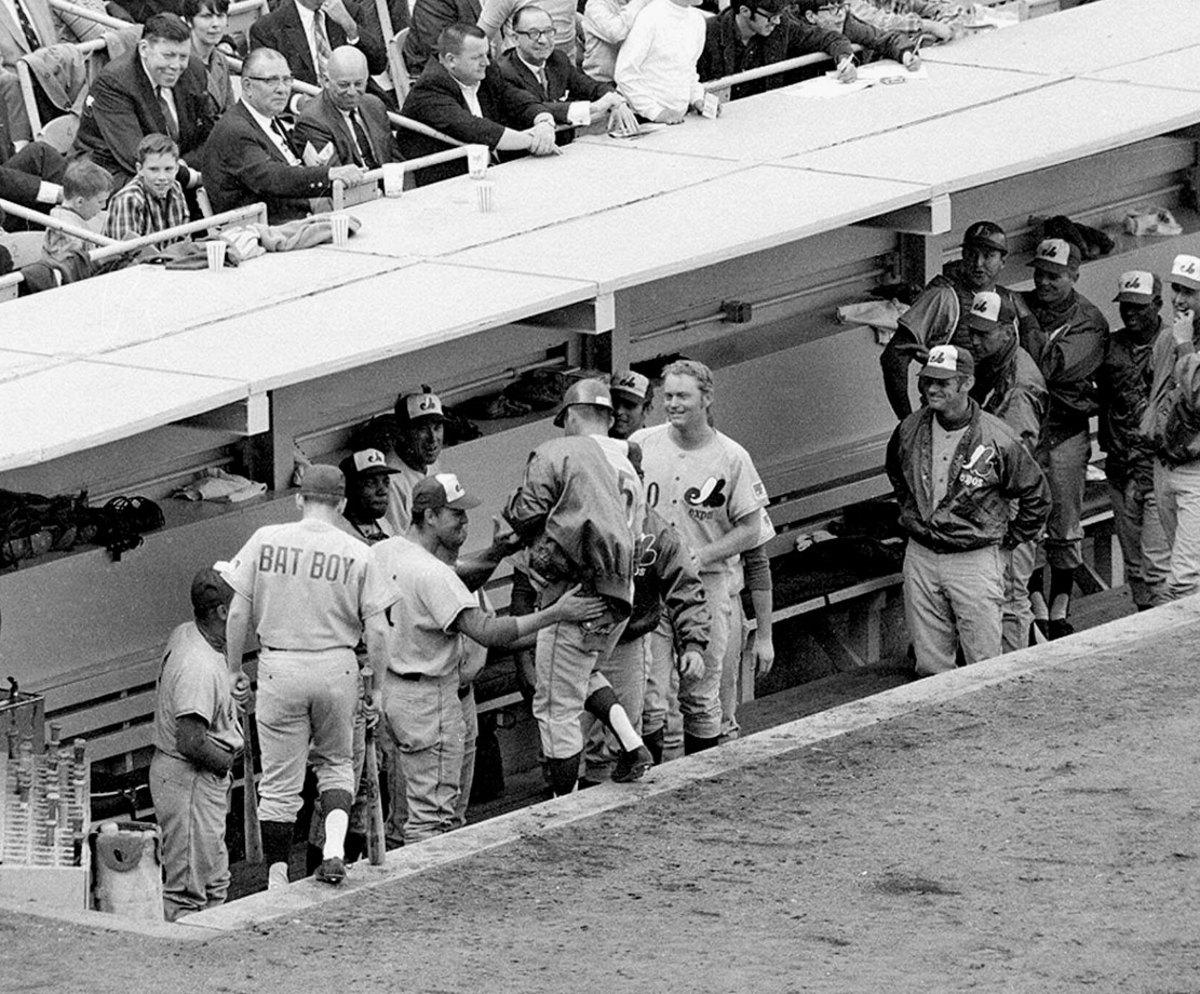
San Diego Padres never won, Est. 1969
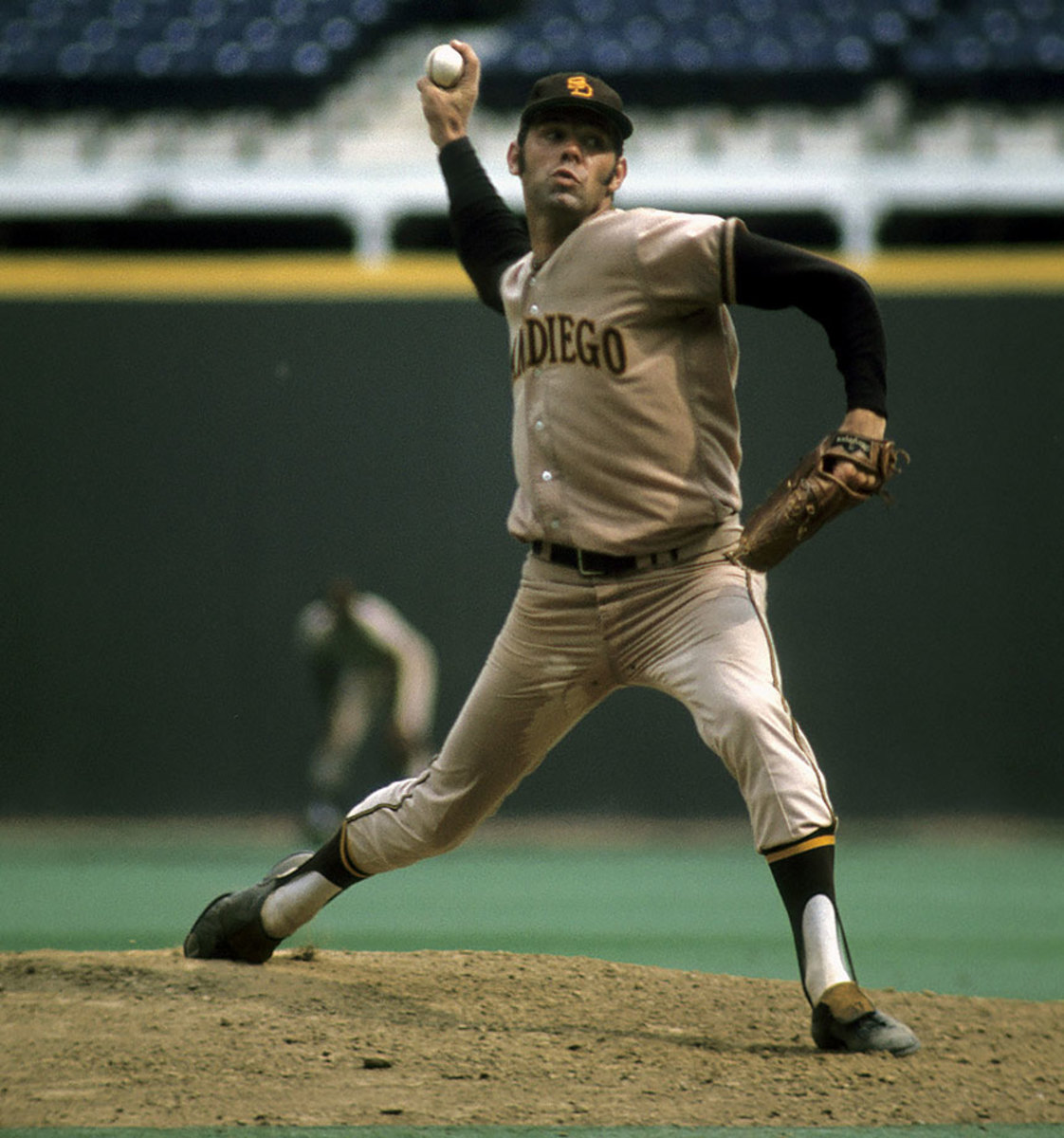
Pictured: Clay Kirby
Milwaukee Brewers/Seattle Pilots never won, Est. 1969
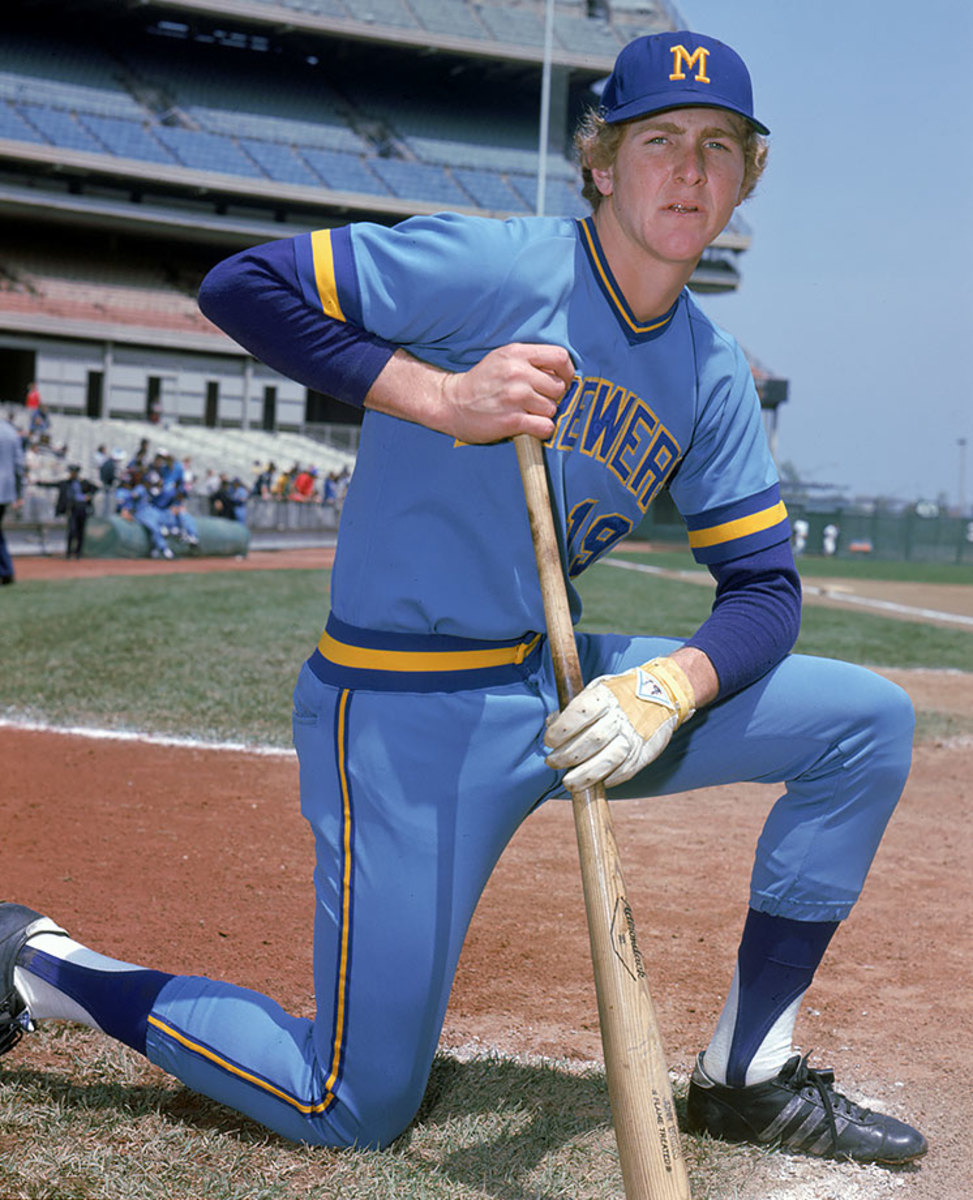
Pictured: Robin Yount
Seattle Mariners never won, Est. 1977
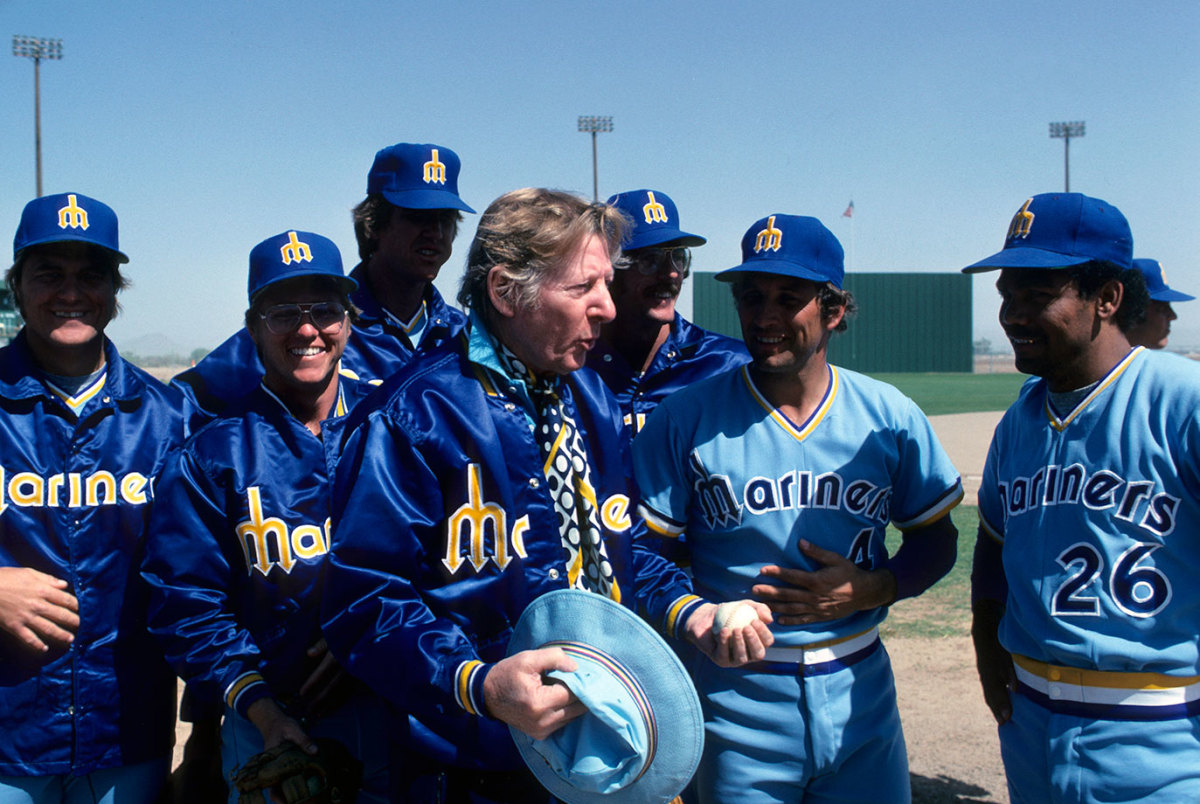
Pictured: Part-owner Danny Kaye
Pittsburgh Pirates last won in 1979
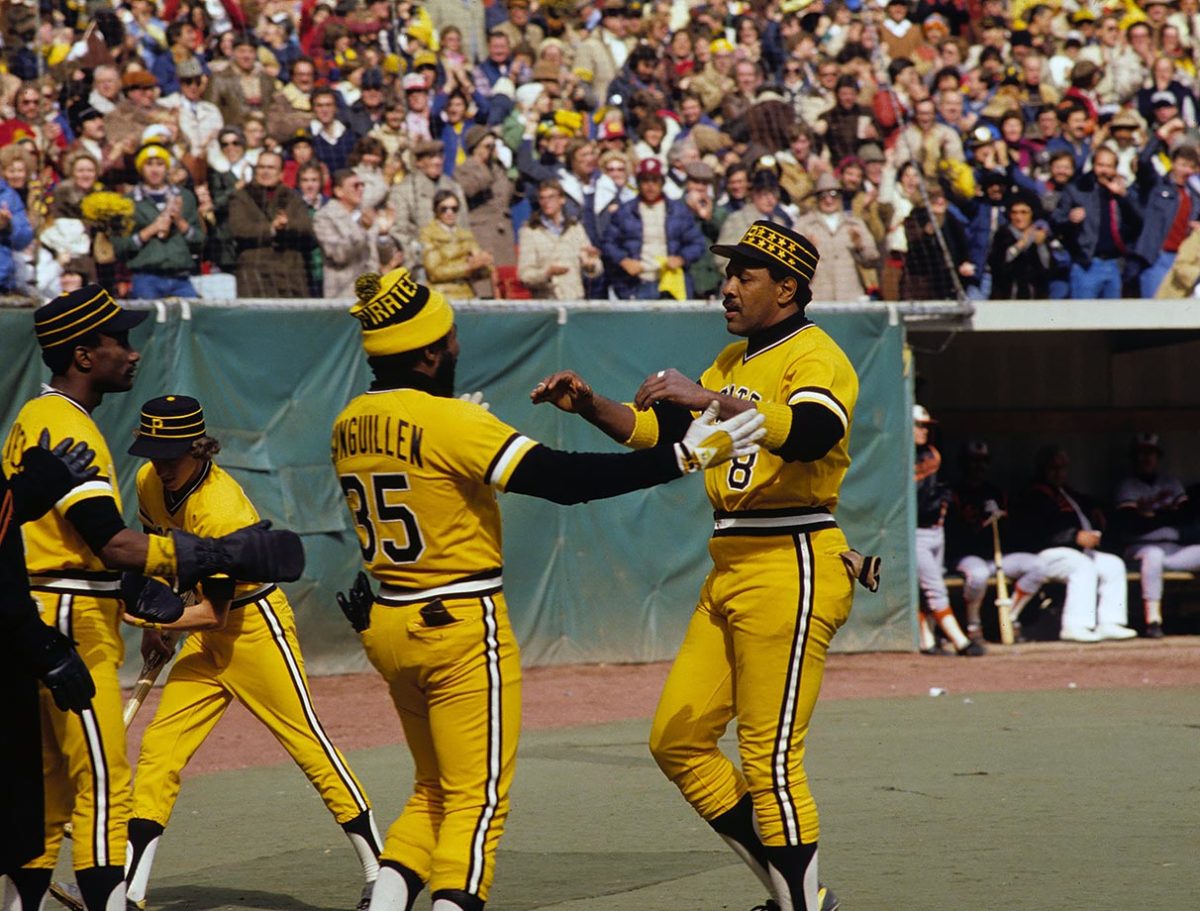
Pictured: Willie Stargell and Manny Sanguillen
Baltimore Orioles last won in 1983
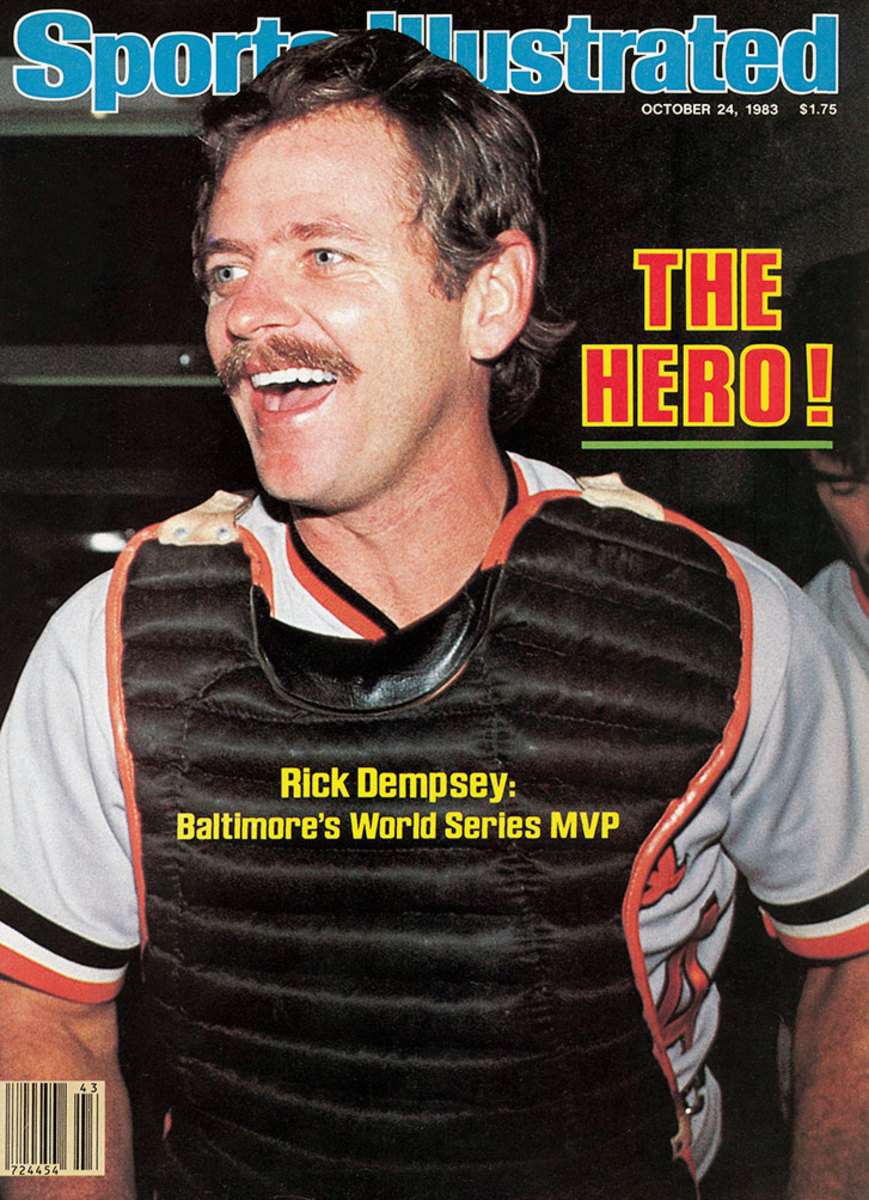
Pictured: Rick Dempsey
Detroit Tigers last won in 1984
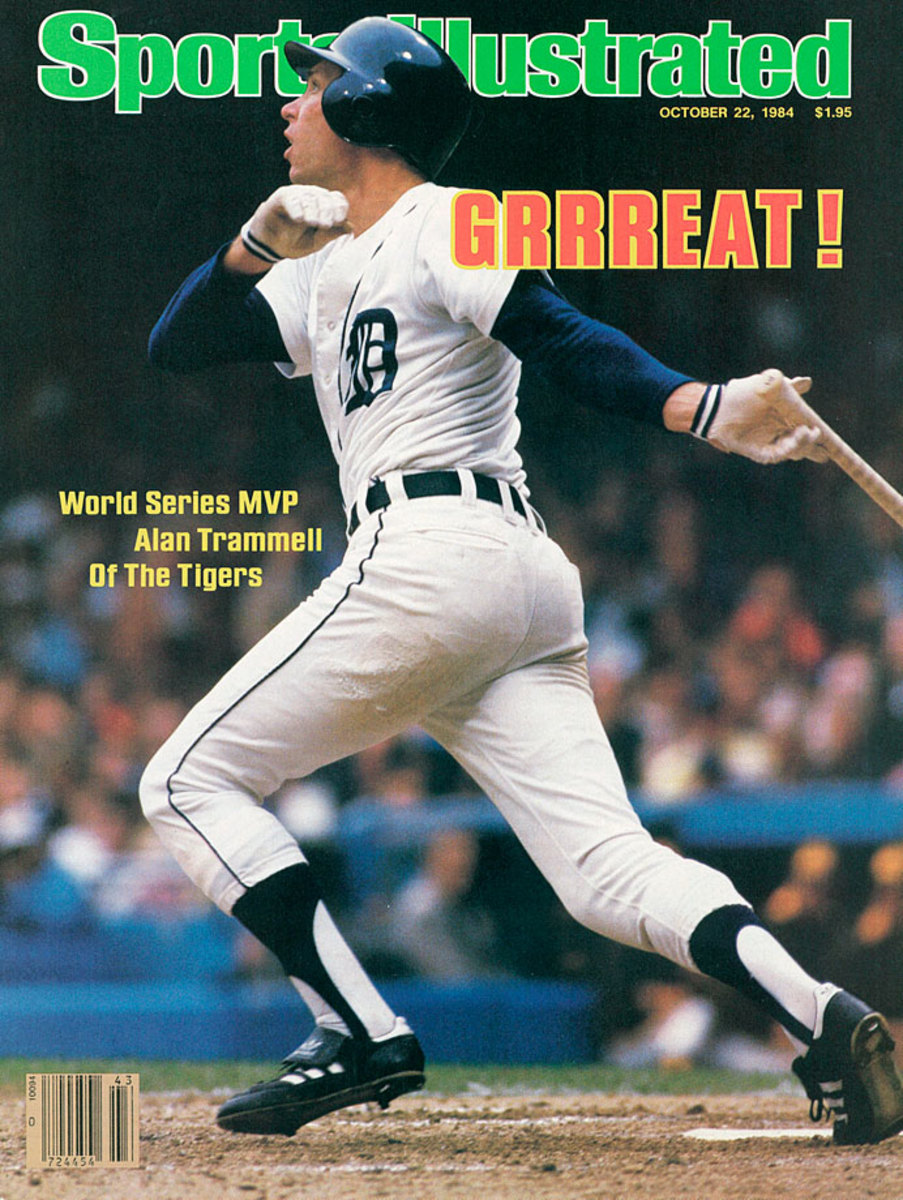
Pictured: Alan Trammell
New York Mets last won in 1986
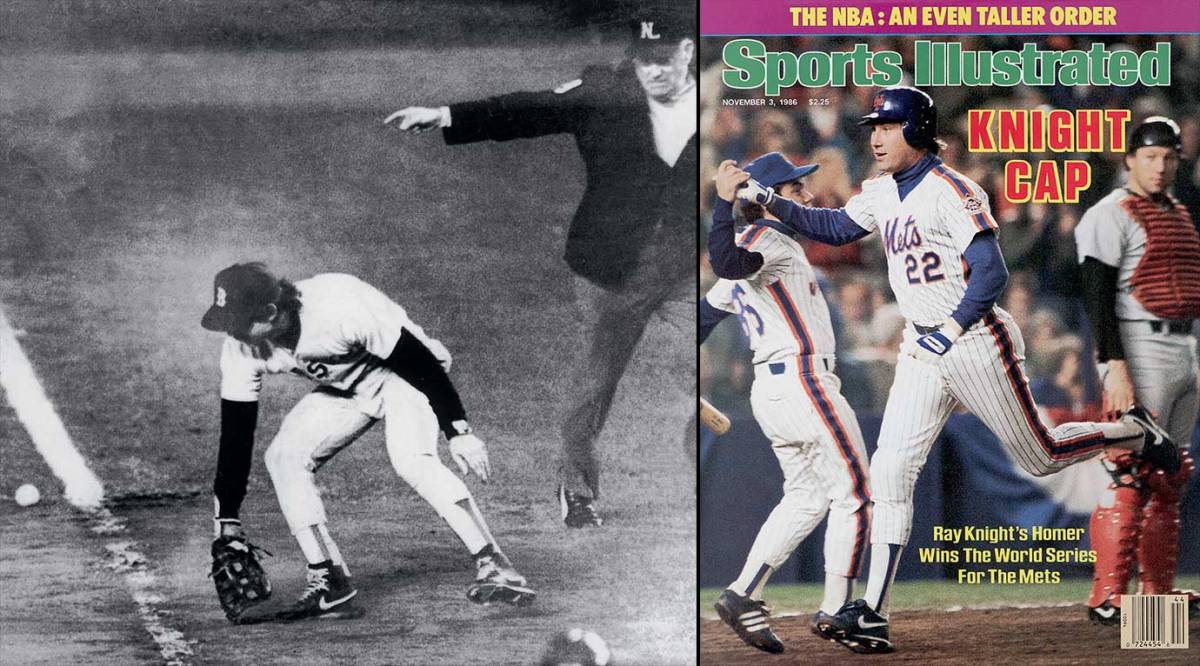
Pictured: Bill Buckner and Ray Knight
Los Angeles Dodgers last won in 1988
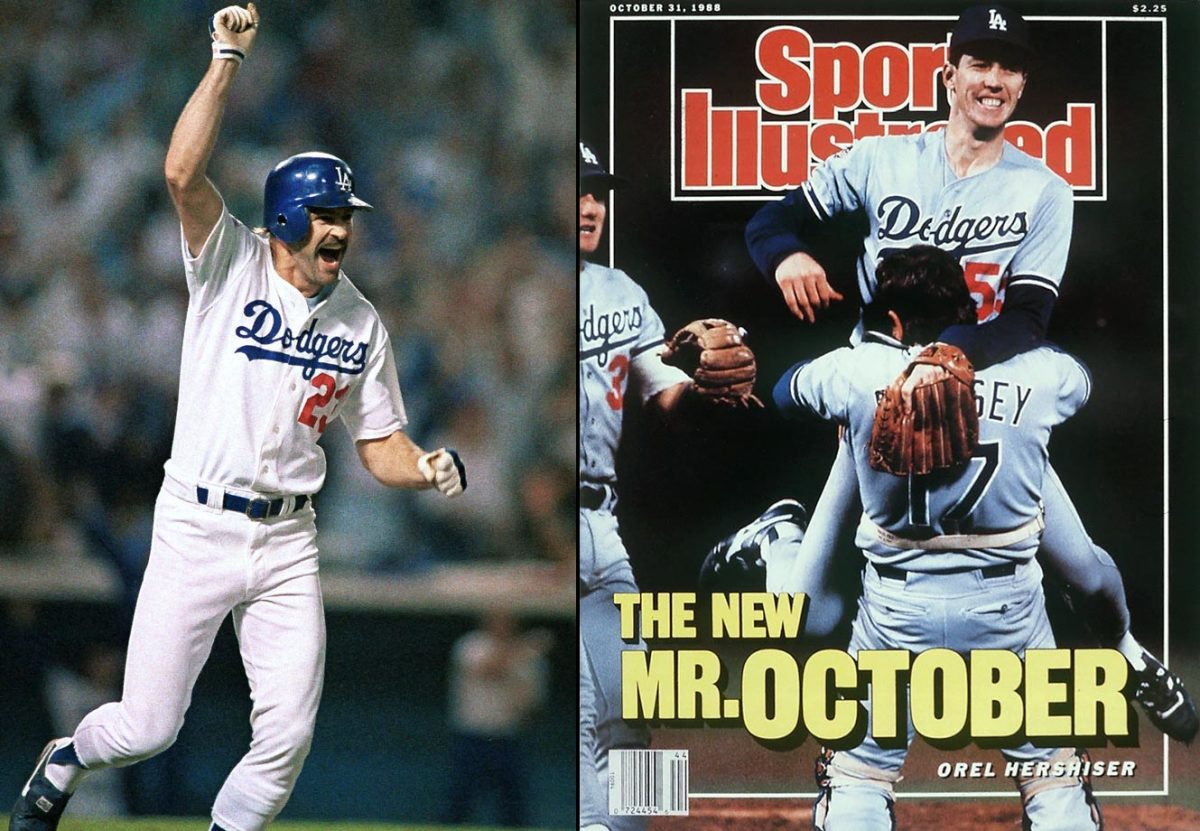
Pictured: Kirk Gibson and Orel Hershiser
Oakland Athletics last won in 1989
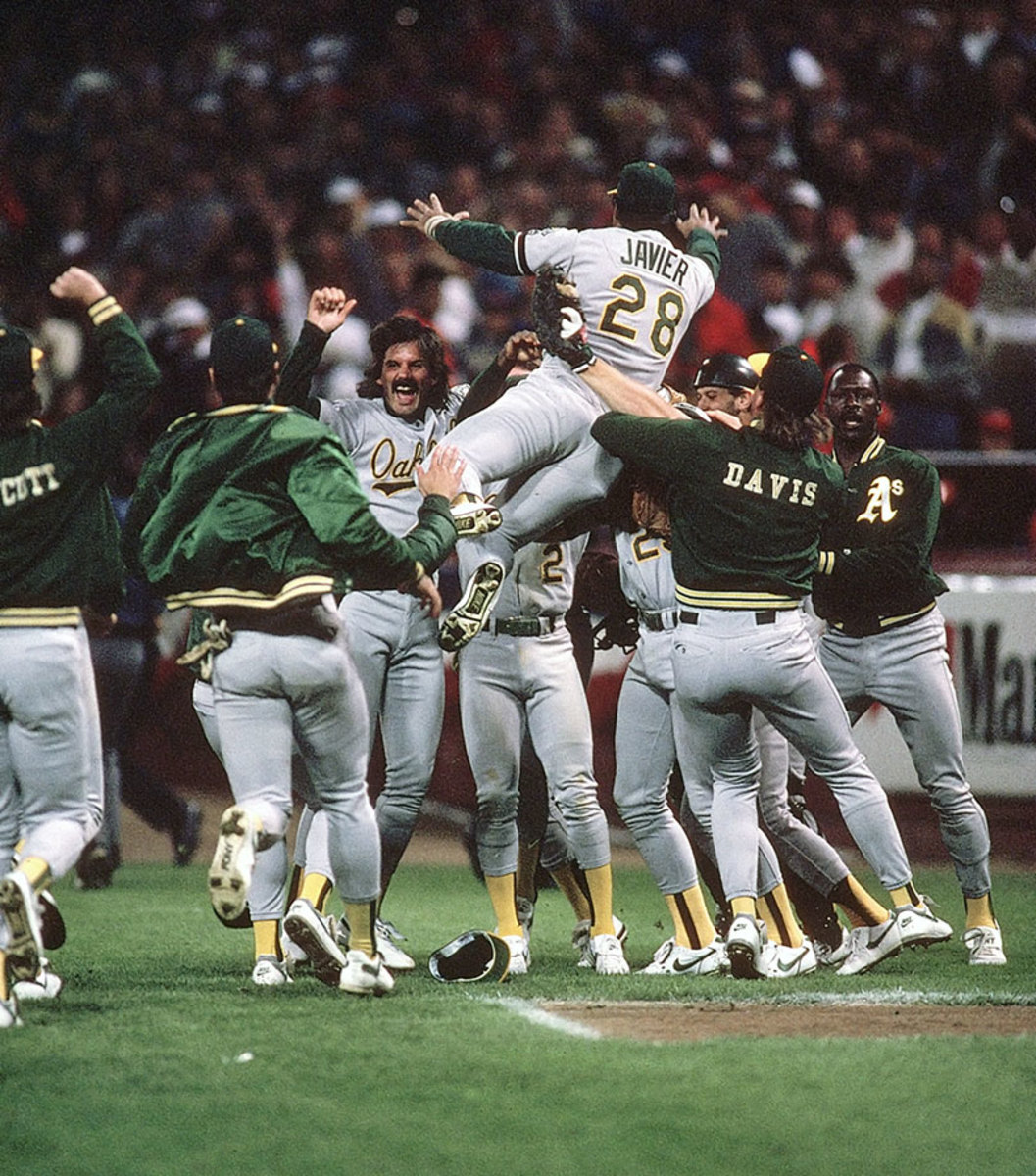
Pictured: Dennis Eckersley and Stan Javier
Cincinnati Reds last won in 1990
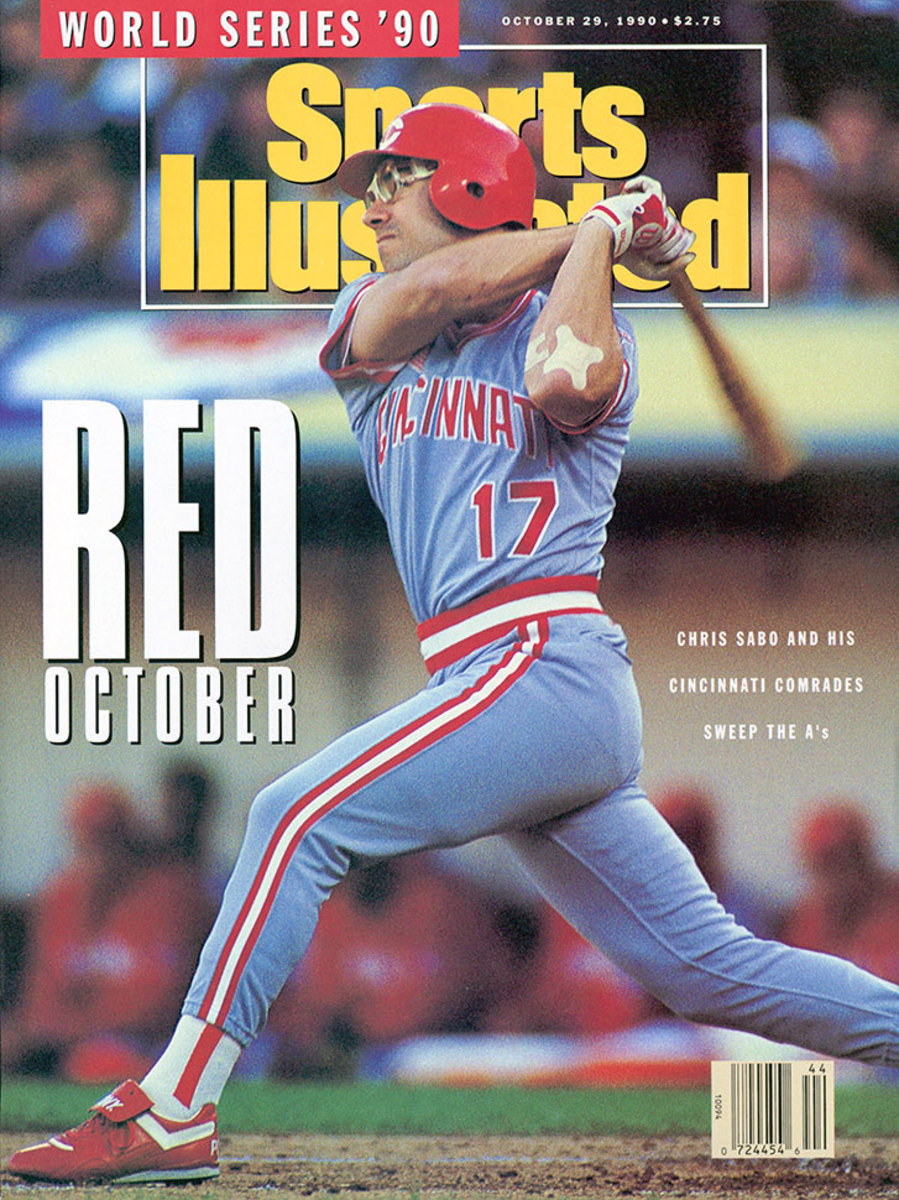
Pictured: Chris Sabo
Minnesota Twins last won in 1991
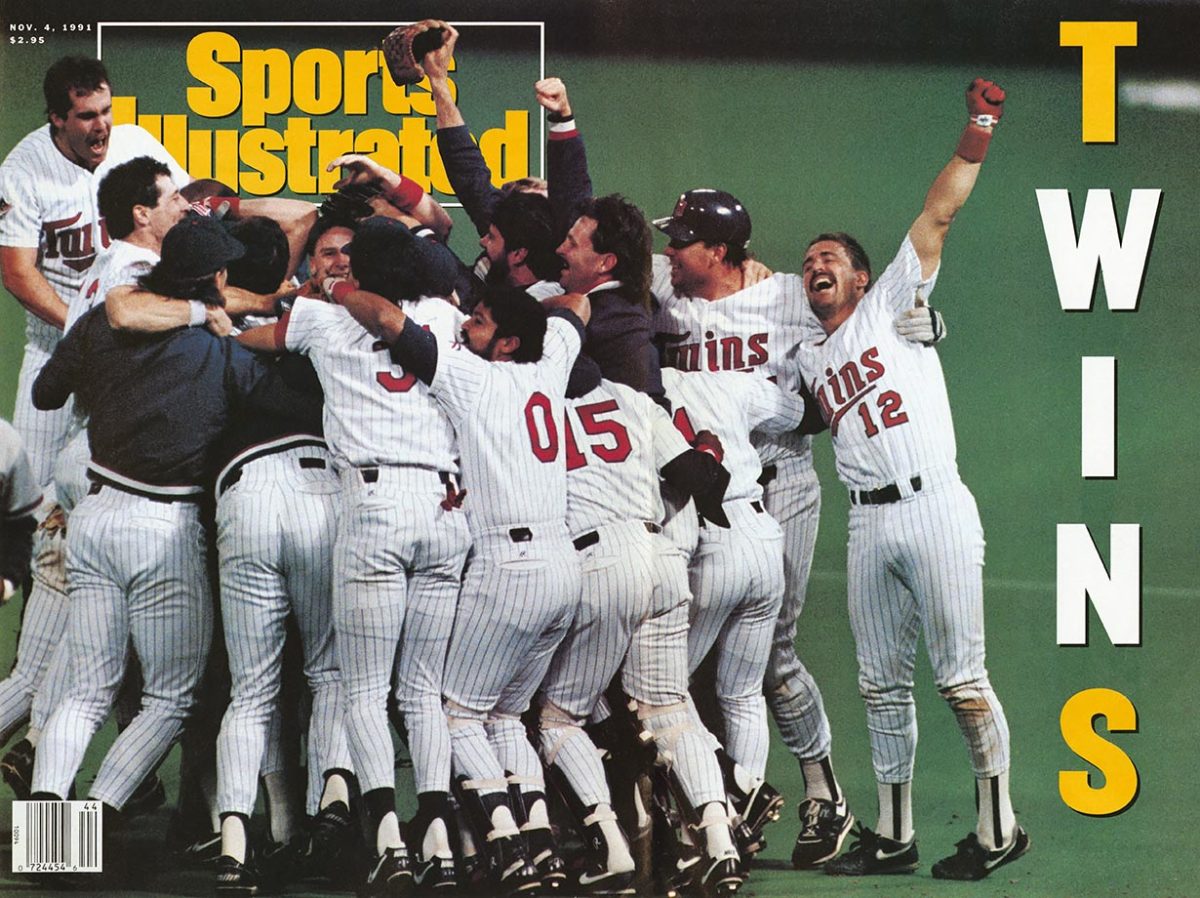
So how do you beat the Cubs? Teams have begun blanketing them with multiple scouts to figure that out. Many stories will be written between now and the end of the World Series on that very topic, most of which will be highly creative, if not entertaining. Consider these popular theories:
1. Throw lefthanded starters at them?
Uh, no. Makes no difference:
PItcher | W-L | Pct. |
|---|---|---|
vs. RH starters | 61-32 | .656 |
vs. LH starters | 28-16 | .636 |
2. Get into their bullpen?
Nope. Here's how their bullpen ranks among National League teams:
Category | Rank | Number |
|---|---|---|
Batting average | 1 | .213 |
Slugging percentage | 1 | .341 |
Strikeouts per 9 | 1 | 9.8 |
ERA | 4 | 3.50 |
3. Borrow from the 2015 Mets’ playbook?
Remember how New York’s power pitching stifled Chicago’s offense—especially with runners on base—in the NLCS? Sounds like a good idea, except for one big exception: it’s outdated.
The addition of Ben Zobrist and the growth of Kris Bryant and Addison Russell—both of whom have cut their strikeout rate and improved their contact percentage since last season—have made Chicago a much better situational hitting team and one much less vulnerable to velocity. Look at how the Cubs have fixed their key offensive weaknesses from last year:
Category | 2015 rank | 2016 Rank |
|---|---|---|
OBP vs. relief pitchers | 11 | 1 |
OBP vs. power pitchers | 5 | 1 |
Runner on 3rd, < 2 out | 15 | 6 |
Strikeouts | 15 | 12 |
Remember, too, that Lester and Arrieta were running on fumes in October after a September push just to get Chicago into the playoffs. Both veteran pitchers made six starts in September and averaged seven innings per start. That heavy workload is not going to happen this September with a big lead and the six-man rotation Maddon is utilizing.
The Cubs don’t have a full-blown weakness, but they do have a few cracks teams will try to exploit. Their starters are poor at defending the running game. Lester, Arrieta, Hendricks and John Lackey have allowed 63 steals in 83 attempts, a 75.9% success rate. (But none of the top five NL teams in stolen bases figure to make the playoffs.)
How the Cubs were built: Turning baseball's longest-running losers into winners
Then there is the issue about Jason Heyward’s bat. In the postseason, when fifth starters and middle relievers fall away, when velocity ramps up and when scouting reports become even more focused, Heyward’s unorthodox swing with obvious holes invites the Reggie Sanders/Nick Swisher treatment. Teams would navigate a lineup knowing they could get out Sanders and Swisher, so they would gladly put them in run-producing opportunities. Sanders hit .195 in 64 postseason games for five National League teams from 1995 to 2005. Swisher hit .165 in 47 postseason games for three American League clubs from 2006 to '13. Heyward is a .208 hitter in 13 postseason games for the Braves and Cardinals.
Teams will put the game in Heyward’s hands, especially if Maddon continues to bat him sixth, after sticking too long with him in the No. 2 spot in the first half.
We all like to say the playoffs are a crapshoot. The better team gets picked off routinely when you’re talking about three series to survive. In the wild card era (1995-present), 65% of the teams with the best record don’t even make the World Series, never mind win it (17 of 26, which includes teams tied with the best record). Here’s what happens to the teams with the best record:
Outcome | Times | Percentage |
|---|---|---|
Lost LDS | 11 | 42.3% |
Lost LCS | 6 | 23.1% |
Lost World Series | 5 | 19.2% |
Won World Series | 4 | 15.4% |
Only the 1998 and 2009 Yankees and the ’07 and ’13 Red Sox entered the postseason with the best record and emerged from it with the world championship.
But here’s what so different about this year: We’re not talking about just another team with the best record. In the previous four years, for example, five “best record” teams (including a tie) were a combined five wins better than the next best team. Now we’re talking about a Superteam, a team head and shoulders above the rest of baseball.
Don’t think for a minute that kind of pressure will make the Cubs crumble. They’ve been playing with heavy expectations all season, and thriving. Maddon made it a point in spring training not to run from such pressure but to look it square in the eye.
Each home game, as the Cubs leave their remodeled, kingly clubhouse toward the field, they pass under three words plastered on a header above the corridor. The last thing they see before taking the field is the motto Maddon introduced on the first day of spring training. It will suit them in October as well as it did February: “Embrace the Target.”
